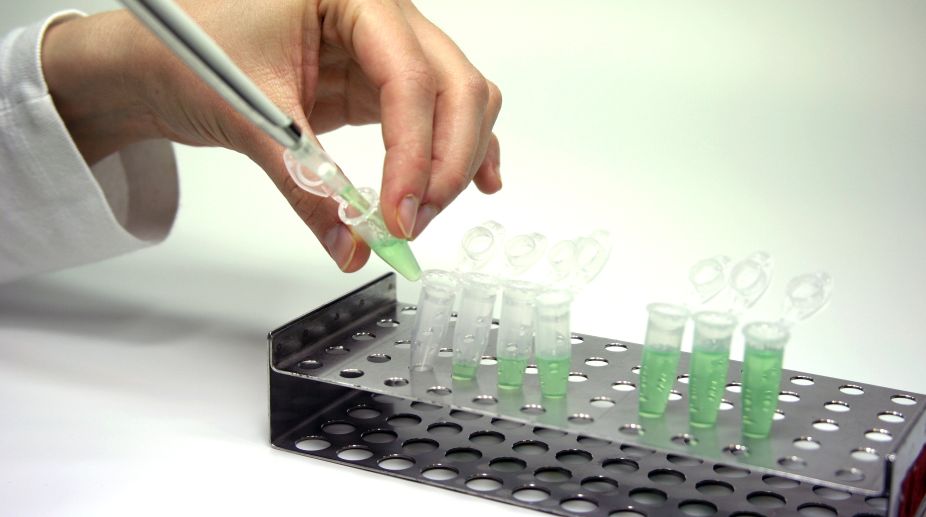Enzyme that triggers most common form of vision loss identified
Indian-origin researchers have identified an enzyme that serves as a critical trigger for the damaging inflammation.

PHOTO: Getty Images
Thus far, the only substances in cells that affect the activities of enzymes are their substrates. However, enzymes are also influenced by products like alternative substrates, substrate analogues, drugs, toxins, and an especially important class of regulators called allosteric effectors. Most of these substances have an inhibitory effect on enzyme activity, reducing (or sometimes even abolishing) the reaction rate with the desired substrate.
This inhibition of enzyme activity is important for several reasons. First, enzyme inhibition plays a vital role as a control mechanism in cells. Enzyme inhibition is also important in the action of drugs and poisons, which frequently exert their effects by inhibiting specific enzymes. Inhibitors are also useful to enzymologists as tools in their studies of reaction mechanisms. Especially important in the latter case are substrate analogues — they are compounds that resemble the real substrate closely enough to bind to the active site but are then chemically unable to undergo reaction.
Advertisement
Inhibitors may be either reversible or irreversible. An irreversible inhibitor binds to the enzyme covalently, causing an irrevocable loss of catalytic activity. Not surprisingly, irreversible inhibitors are usually toxic to cells. Ions of heavy metals are often irreversible inhibitors, as are alkylating agents and nerve gas poisons. This is, in fact, the reason many insecticides and nerve gases are so toxic. These substances bind irreversibly to acetylcholinesterase — an enzyme that is vital to the transmission of nerve impulses. Inhibition of acetylcholin-esterase activity leads to rapid paralysis of vital functions and therefore to death. One such nerve gas is di-isopropyl fluorophosphate, which binds covalently to the hydroxyl group of a critical serine at the active site of the enzyme, thereby rendering the enzyme molecule permanently inactive.
Advertisement
Many natural toxins are also irreversible inhibitors of enzymes. For example, the alkaloid physostigmine, a natural constituent of calabar beans, is toxic to animals because it is a potent inhibitor of acetylcholinesterase. The antibiotic penicillin is an irreversible inhibitor of serine-containing enzymes involved in bacterial cell-wall synthesis. Penicillin is therefore effective in treating bacterial infections because it prevents the bacterial cells from forming cell walls.
In contrast, a reversible inhibitor binds to an enzyme in a non-covalent, dissociable manner, such that the free and bound forms of the inhibitor exist in equilibrium with each other. Clearly, the fraction of the enzyme that is available to the cell in an active form depends on the concentration of the inhibitor and the strength of the enzyme-inhibitor complex.
The two most common forms of reversible inhibitors are called compe-titive inhibitors and noncompetitive inhibitors. A competitive inhibitor binds to the active site of the enzyme and therefore competes directly with subs-trate molecules for the same site on the enzyme and reduces enzyme activity to the extent that the active sites of the enzyme molecules have inhibitor molecules rather than substrate molecules bound to them at any point in time.
A noncompetitive inhibitor, on the other hand, binds to the enzyme surface at a location other than the active site. It therefore does not block substrate binding but nonetheless inhibits enzyme activity because binding the inhibitor to its site greatly reduces or even elim-inates the catalytic reaction at the active site.
The writer is Associate Professor, Head, Department of Botany, Ananda Mohan College, Kolkata, and Fellow Botanical Society of Bengal.
Advertisement